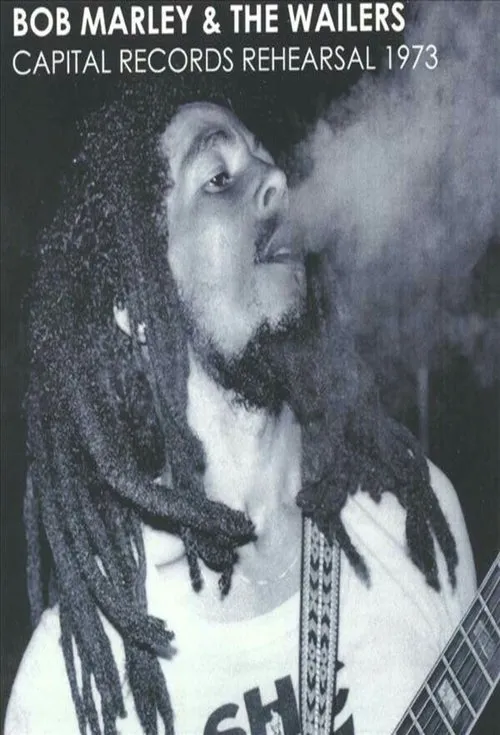Bob Marley & The Wailers: Capital Records Rehearsal

Plot
On October 24, 1973, the iconic reggae group, Bob Marley & The Wailers, took to the Capitol Records Tower in Los Angeles, California, for a highly anticipated rehearsal session. This pivotal moment in music history saw the legendary group hone their craft, refining their sound, and delivering a series of electrifying performances to an intimate audience. The setlist, consisting of songs that would come to define the era, showcased the Wailers' unique blend of Jamaican folk, calypso, and social commentary. The day began with the haunting "You Can't Blame the Youth," an impassioned plea for understanding, emphasizing the struggles and frustration of the nation's young people. The song's somber tone and poignant lyrics laid the groundwork for a set that would traverse the complexities of social hierarchy and oppression. As the Wailers progressed through the morning, they delved into the high-energy realm of "Slave Driver," a protest song critiquing the harsh realities of Jamaican plantation life. "Burnin' and Lootin'" - a rebellious, hard-edged anthem - marked a pivotal transformation in the setlist, showcasing the band's ability to seamlessly shift between melodic grooves and biting commentary. With Al Anderson's driving guitar riffs and an energetic performance by the band, the track ignited a palpable sense of momentum throughout the rehearsal space. The next song, "Rastaman Chant," brought a sense of spiritual introspection to the proceedings, with Marley's soaring vocals imbuing the lyrics with an air of mystical reverence. This song, like "Duppy Conqueror," which followed, demonstrated the band's growing sophistication, as they seamlessly intertwined the sacred with the secular. The latter song's intricate instrumentation and Marley's distinctive phrasing wove an intricate narrative that captivated the audience. The afternoon performance was marked by an infectious energy, highlighted by "Midnight Raver," an enchanting track that captured the essence of Jamaican folk music. The addition of Peter Tosh's virtuosic keyboard work brought an added layer of complexity to the composition, as the song seamlessly transitioned between intricate melodies and driving rhythms. As the rehearsal progressed, Marley showcased his masterful songwriting, weaving a tapestry of stories and emotions through his lyrics. "Put it on," with its catchy chorus, "Stop that Train," the laid-back "Kinky Reggae," and "Stir it Up" - all these songs further emphasized the band's impressive versatility and ability to craft infectious melodies. The afternoon's most poignant moment arrived with the hauntingly beautiful "No More Trouble," a poignant reflection on the struggles faced by the Jamaican people. This song, like "Get Up Stand Up," served as a powerful call to action, urging those in attendance to stand united against systemic oppression and fight for social change. Throughout the session, Bob Marley & The Wailers delivered an unforgettable experience, solidifying their status as one of the most influential and innovative musical acts of the era. This pivotal rehearsal session, captured at the esteemed Capitol Records Tower in Los Angeles, serves as a testament to the band's unwavering commitment to their craft and their unshakeable bond with their audience. In a moment that seemed destined to unfold, amidst the iconic backdrop of Capitol Records Tower, one of the most pivotal and enduring musical ensembles in history took to the stage. And as Bob Marley & The Wailers brought these memorable songs to life, their indomitable spirit and passion reverberated through the ages, transcending the very room they inhabited.
Reviews
Recommendations


